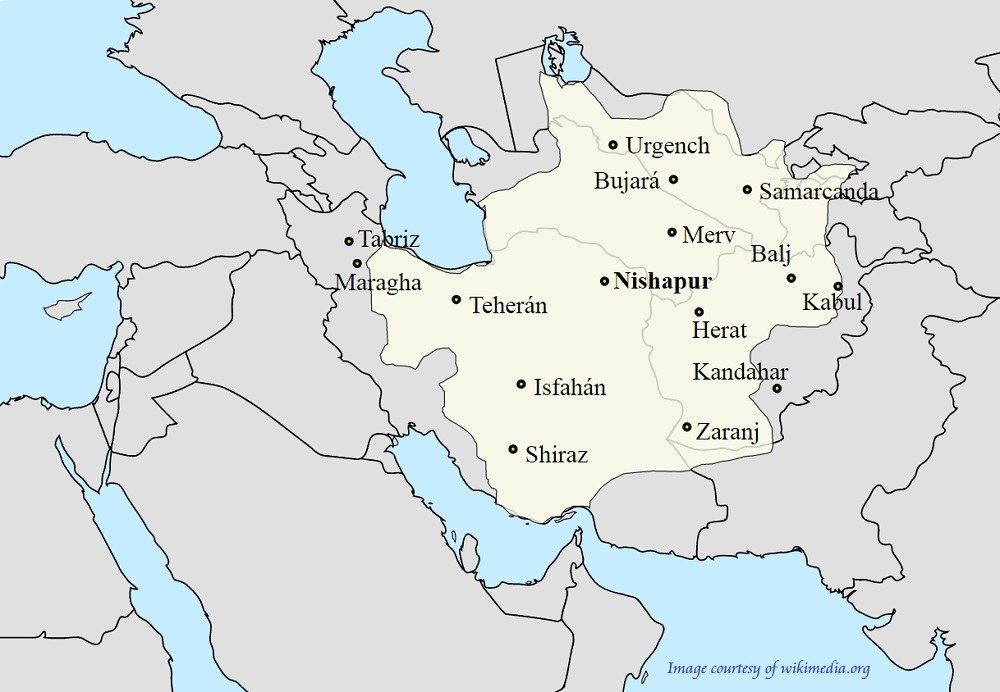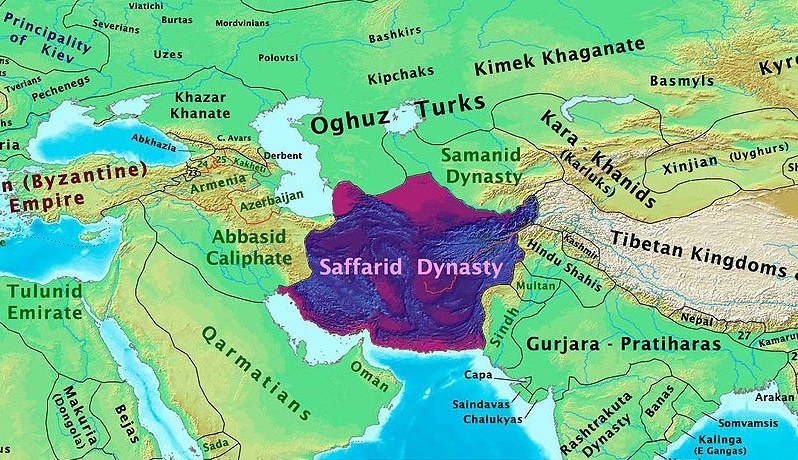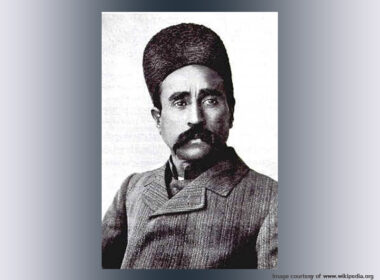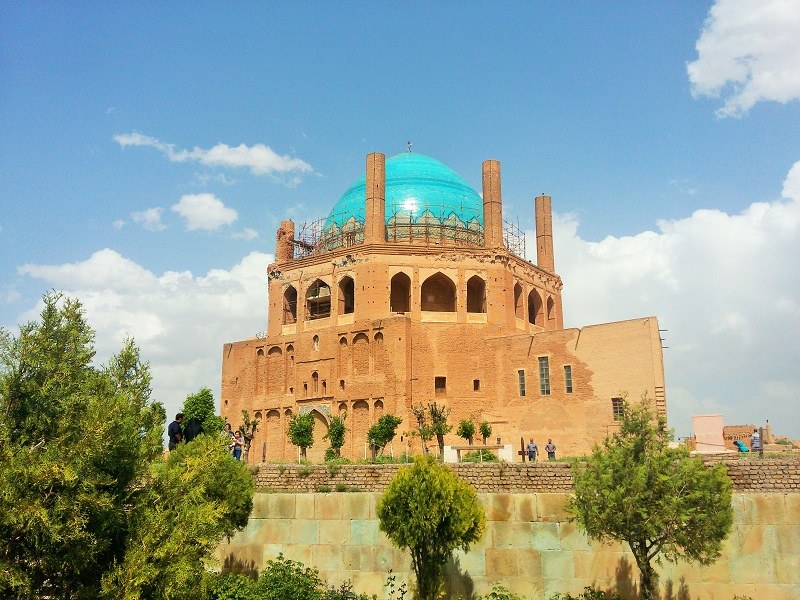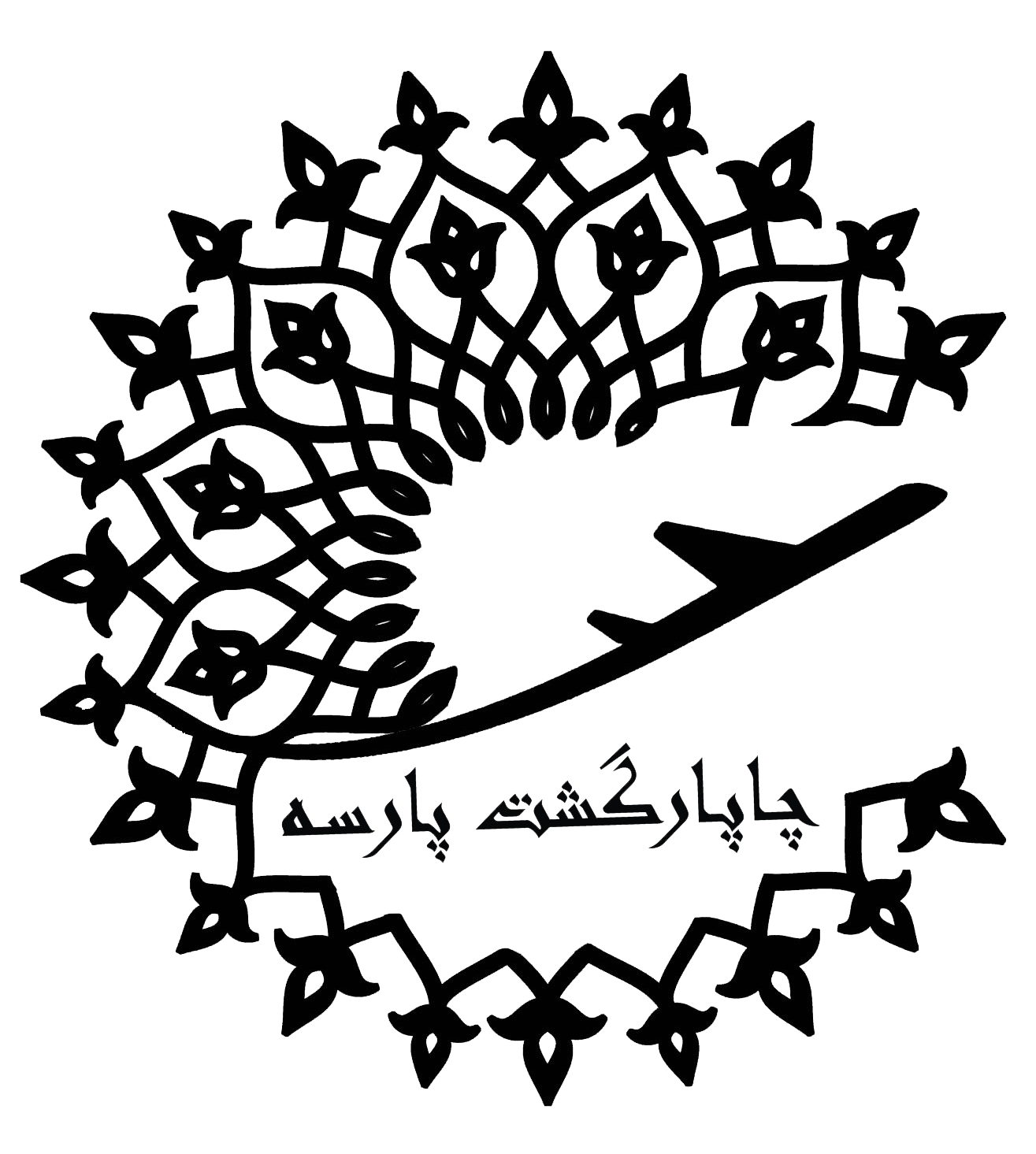Iran’s vast landscapes hold ancient secrets beyond the beaten tourist path. For travelers seeking more than top historic landmarks, this in-depth journey reveals northwestern treasures and central wonders where history whispers from every brick. While most tours to Iran explore Iran in a week, this carefully crafted 12-14-day itinerary unveils layers most miss—from mountainside villages to forgotten capitals.
Why Journey on the Iran In-Depth Tour?
- Beyond the Classics: Combine iconic cities (Isfahan, Shiraz) with rarely-visited wonders in Zanjan, Ardebil, and Maragheh.
- Uncover Lesser-known UNESCO Sites: Experience 10+ World Heritage sites, including lesser-known gems like Takht-e Soleyman.
- Living History: Sleep in 700-year-old volcanic homes, trace Silk Road caravanserais, and hear Zoroastrian traditions firsthand.
- Cultural Mosaic: Taste Azeri stews in Tabriz, sip qalyan in Yazd’s alleyways, and decode Persian poetry in Shiraz.
An Itinerary for In-Depth Tours
The route on the Iran in-depth tour does cross with other Iran tour packages, but the itinerary takes you to more obscure destinations.
Days 1-3: Tabriz & Ardebil – Northwest Crossroads

Where Azeri culture meets ancient trade routes
- Tabriz Historic Bazaar: Lose yourself in the world’s largest covered marketplace (UNESCO).
- Kandovan Village: Sip tea inside homes carved into volcanic cones (like Cappadocia’s underground cities).
- Ardebil Detour: Feel Safavid mysticism at Sheikh Safi’s shrine (UNESCO) – note the intricate tilework telling Sufi stories.
Local insight: Try “Tabrizi kofta” – spiced meatballs hidden in walnuts
Day 4: Zanjan via Maragheh & Takab – Mountain Passages
Check out the Ilkhanid observatory and Zoroastrian fire temples.
- Maragheh Observatory: Stand where 13th-century scientists calculated earth’s tilt.
- Takht–e Soleyman: Walk an active volcano’s rim surrounding a Zoroastrian fire temple (UNESCO).
- Soltaniyeh Dome: Gaze up at the world’s oldest double-shell dome (UNESCO) – Ilkhanid engineering marvel.
Photography tip: Sunset paints Soltaniyeh’s turquoise tiles fiery gold.
Days 5-6: Tehran – Capital Contrasts
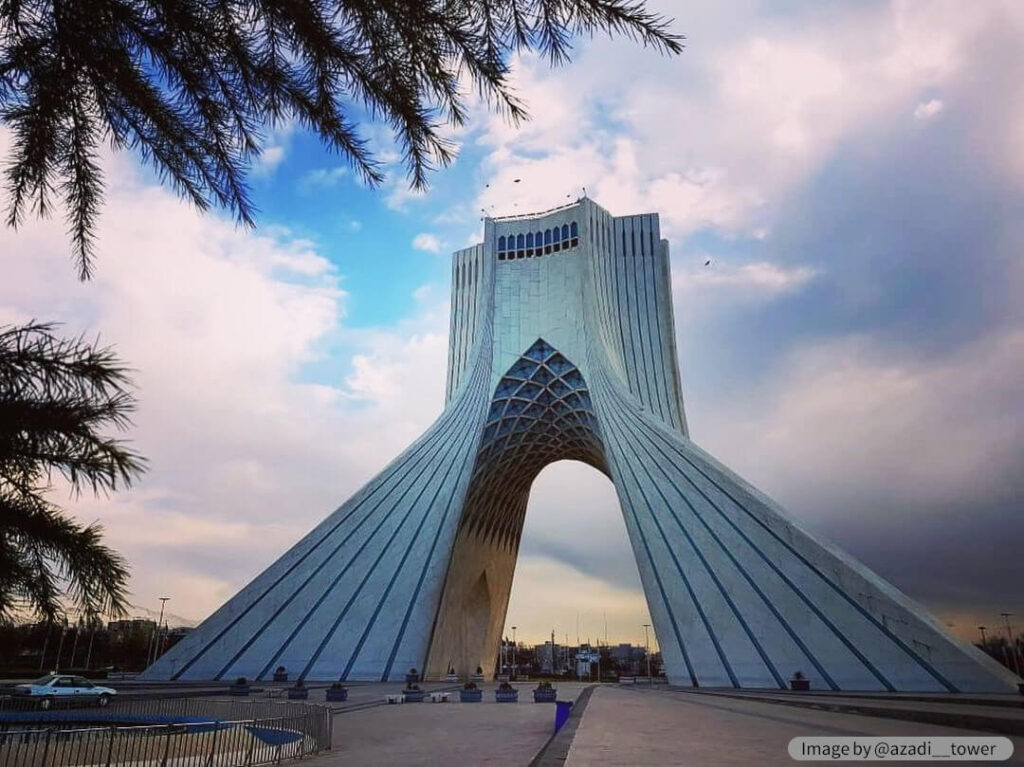
This is where Qajar opulence meets modern hustle.
- Golestan Palace: Mirror halls reflecting Persia’s last shahs (UNESCO).
- National Museum: Cradle of civilization from 5,000 BC Susa pottery to Sassanian swords.
- Jewelry Museum Option: See the Darya-ye Noor diamond (182 carats!) or Persian carpet artistry.
Traveler note: Northern districts offer cooler mountain breezes in summer.
Days 7-8: Isfahan via Kashan – Desert Elegance

Oasis cities bloom amid arid plains.
- Kashan’s Fin Garden: Stroll where Persian garden design perfected water harmony (UNESCO).
- Naqsh–e Jahan Square: Cycle past illuminated mosques at dusk when locals picnic on marble (UNESCO).
- Jolfa Quarter: Find Armenian stone-carved churches beside saffron ice cream shops.
Culinary must: “Beryani” – minced lamb with cinnamon on sangak bread.
Days 9-10: Yazd via Meybod – Earth & Fire
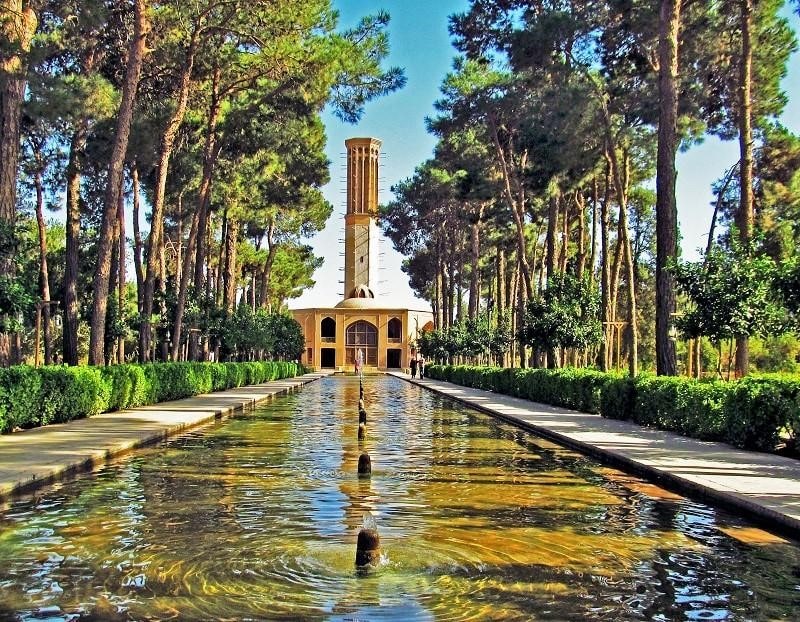
Explore adobe cities rising like sandcastles.
- Meybod’s Narin Fortress: Climb 3,000-year-old mudbrick walls overlooking the desert.
- Yazd’s Old Town: Get lost in blue-domed wind-tower alleys (UNESCO).
- Atashkadeh (Fire Temple): Witness the 1,500-year-old sacred flame kept burning through invasions.
Sustainability note: Ancient qanats (tunnels) beneath the city still channel water.
Days 11-13: Shiraz via Pasargadae – Poets & Empires
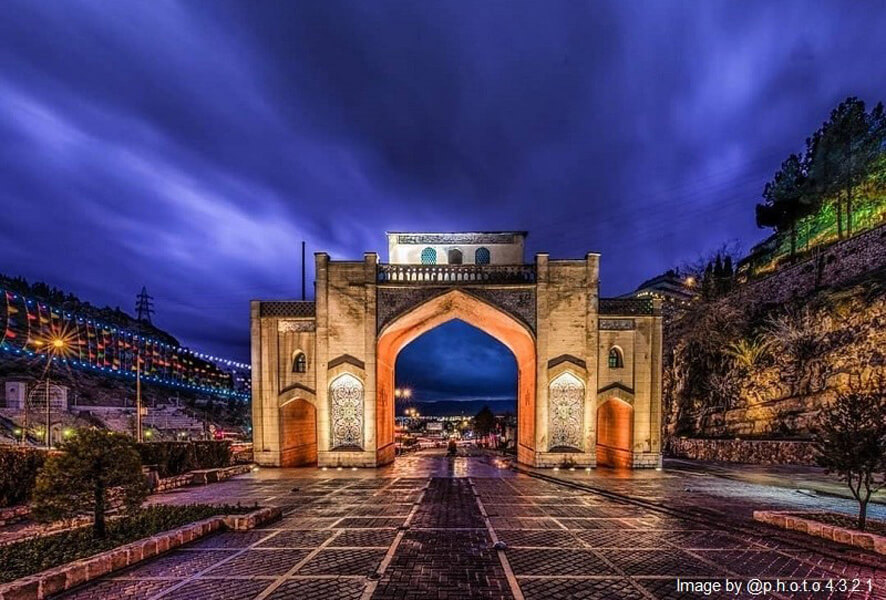
Immerse in Iranian history where roses scent the air and Cyrus’ legacy endures.
- Pasargadae: Stand humbly before Cyrus the Great’s tomb (UNESCO).
- Persepolis: Walk the “Persian Pompeii” – colossal columns guarded by stone griffins (UNESCO).
- Shiraz Evenings: Recite Hafez in garden pavilions as nightingales sing.
Local secret: Orange blossom pastries at Vakil Bazaar’s hidden courtyard bakeries
Practical Journey Notes
| Aspect | Details |
|---|---|
| Duration | Flexible 12-14 days (based on flight times) |
| Transport | Air-conditioned vehicles with breaks every 90 minutes |
| Walking Level | Moderate (customizable for fitness levels) |
| Best Seasons | March-May or September-November |
| Unique Features | • English-speaking guide throughout • All entrance fees included • 9+ UNESCO sites visited |
Cultural Sensitivity:
- Northwest Iran (Tabriz/Zanjan) has more relaxed dress codes than conservative Yazd.
- Remove shoes at shrine entrances; women cover their hair with provided scarves.
- Bargaining is expected in bazaars except fixed-price stores.
Why Iran In-Depth Tour Itinerary Stands Apart
Unlike standard Iran tours, this route intentionally includes:
- Soltaniyeh’s Architectural Wonder – often skipped despite its dome inspiring Florence’s Duomo.
- Takht-e Soleyman’s Geological Wonders– a volcano-top temple complex that few international visitors see.
- Maragheh’s Cosmic Legacy – where medieval Islamic astronomy flourished.
- Meybod’s Desert Innovations – showcasing ancient Persian water management.
Iran reveals her soul slowly. This journey rewards those who venture beyond postcard sights to where grandmothers weave carpets and tell stories older than Rome.
Other In-Depth Destination: Journey Beyond the Monuments
This itinerary can integrate deep cultural exchanges and hands-on historical exploration across Iran’s diverse regions. Each activity is designed to connect you with living traditions, ancient legacies, and local communities, transforming sightseeing into meaningful dialogue.
So, you can ask for some customization so that some of the following activities are incorporated in your itinerary:
1. Culinary Encounters: From Royal Stews to Village Kitchens
- Tabrizi Home Feast (Tabriz):
- Experience: Join an Azeri family for dolma (stuffed grape leaves) and kofta Tabrizi (spiced meatballs in walnut-pomegranate sauce). Learn to brew saffron tea while discussing regional identity.
- Cultural Insight: Discover how Azeri cuisine reflects Silk Road trade, using ingredients like dried limes (limu Omani) and sumac.
- Yazdi Cooking Workshop (Yazd):
- Activity: Bake qottab (almond pastries) in a centuries-old badgir (wind tower) home. Share stories with Zoroastrian hosts over ash-e reshteh (noodle soup).
- Unique Twist: Decode symbolism in dishes—e.g., herbs represent rebirth in Zoroastrianism.
2. Saffron Harvesting: Iran’s “Red Gold”
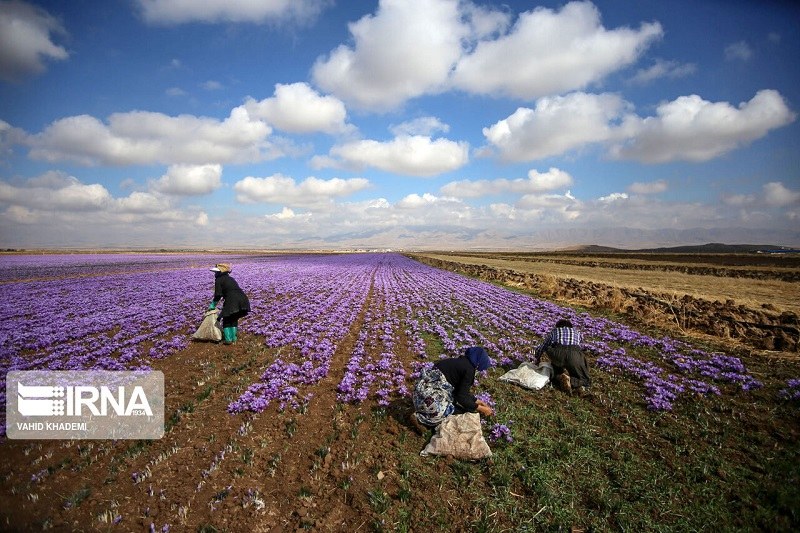
- Location: Ghayenat farms (South Khorasan), supplying 80% of the world’s saffron.
- Activities:
- Dawn Harvest: Pluck purple crocus flowers before sunrise (Oct–Nov).
- Stigma Separation: Learn traditional techniques to extract saffron threads.
- Tasting: Sip saffron tea with farmers while discussing its role in Persian medicine (e.g., stress relief).
Sustainability Note: Meet cooperatives empowering women through ethical saffron trade.
3. Elamite Civilization Deep Dive (Ahvaz & Khuzestan)
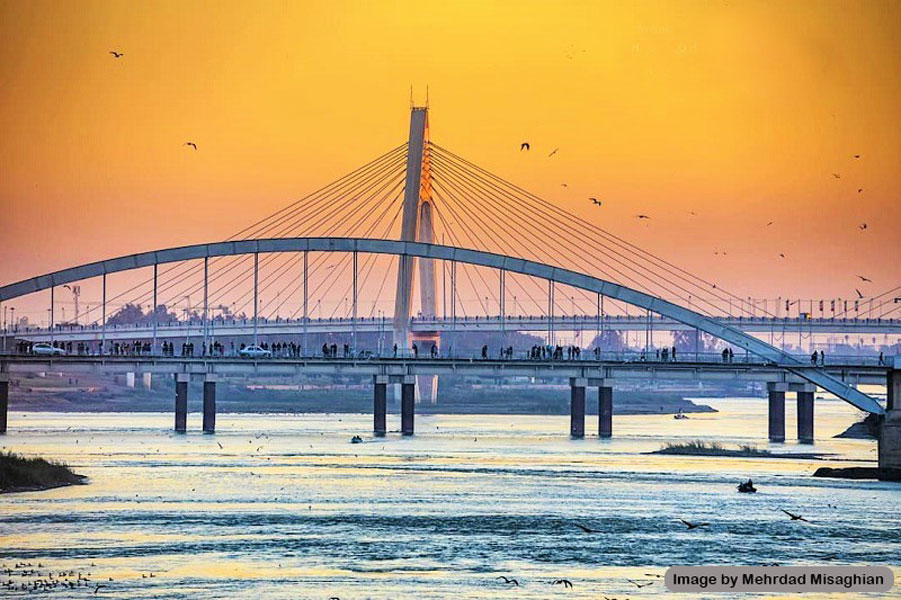
Explore Iran’s earliest indigenous kingdom (2700–539 BCE), predating Persia’s Achaemenids.
- Tchogha Zanbil (UNESCO):
- Activity: Walk the world’s best-preserved Elamite ziggurat, dedicated to god Inshushinak. Note the glazed-brick inscriptions of King Shutruk-Nahhunte.
- Expert Insight: Archaeologists reveal how bricks were stamped with laborers’ names—an early workers’ rights record!
- Susa (Shush):
- Highlights:
- Apadana Palace: See where Darius I displayed the Code of Hammurabi (now in Louvre).
- Shush Museum: Handle 3,000-year-old chlorite vessels from Jiroft, depicting “serpent goddesses”.
- Dark History: Hear how Assyrian king Ashurbanipal burned Susa in 640 BCE, lamented in his inscription: “I destroyed the ziggurat of Susa… I scattered its ashes to the wind.”
- Highlights:
4. Median Empire Echoes: Ecbatana & the Zagros
- Ecbatana (Hamadan):
- Context: First capital of the Median Empire (678–550 BCE), later used by Cyrus the Great.
- Activities:
- Underground Tunnels: Navigate water channels beneath the ancient citadel.
- Local Encounter: Sip doogh (yogurt drink) with Kurdish nomads, descendants of Median tribes.
- Bisotun Inscription (Kermanshah):
- Decode: Multilingual carvings (Old Persian, Elamite, Babylonian) celebrating Darius I’s victories—a Rosetta Stone of Iran.
5. Jiroft Enigma: Iran’s “Lost Civilization”
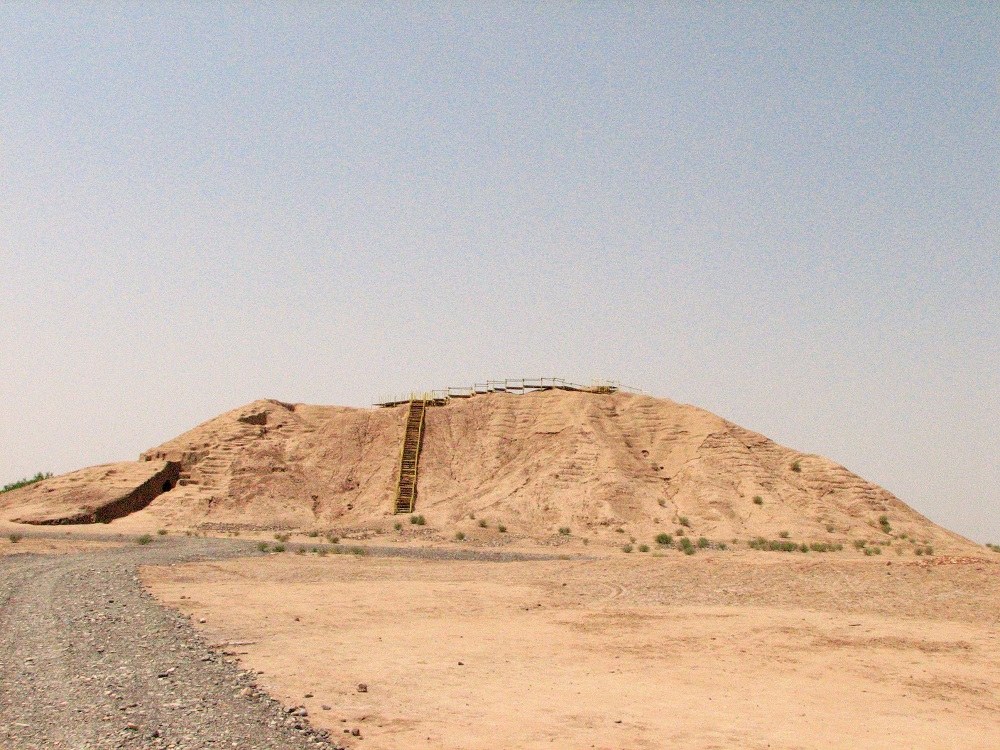
- The Site: 5,000-year-old Konar Sandal mounds in Kerman province, rediscovered in 2001.
- Immersive Activities:
- Artifact Handling: Examine chlorite vases etched with “scorpion men” and eagle motifs.
- Debate: Discuss theories linking Jiroft to Aratta—a mythical trading kingdom from Sumerian texts.
- Workshop: Carve soapstone using Bronze Age tools, replicating Jiroft designs.
Ready to Explore Iran?
Destination Iran provides this itinerary for informational purposes. Many Iranian tour operators offer variations of this route – research providers carefully for guided experiences.
Frequently Asked Questions about Iran In-Depth Tours
If you have any other questions about Iran tour packages, let us know in the comments. We will respond as soon as possible.
How long is the Iran in-depth tour, and can I adjust the duration?
The standard itinerary
spans 12–14 days, with flexibility based on arrival/departure flight times. An extra night in Tehran or Shiraz may be added if flights require it.
Do I need a guide throughout the tour?
Independent travel is permitted for most nationalities, but U.S. and Canadian citizens must have a pre-approved itinerary and guide due to visa regulations. Guides enhance access to cultural insights and local interactions, especially in remote areas like Takht-e Soleyman or Maragheh.
Are entrance fees included in Iran tour packages?
Yes, all UNESCO sites (e.g., Persepolis, Soltaniyeh Dome, Pasargadae) and museums listed in the itinerary are covered. Optional activities incur extra costs.
Does this tour support local communities?
Yes. It prioritizes locally owned hotels, eateries, and guides, ensuring tourism directly benefits regional economies.


